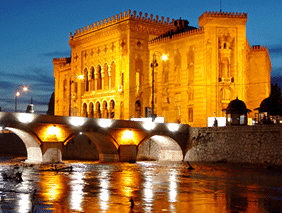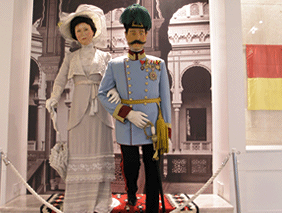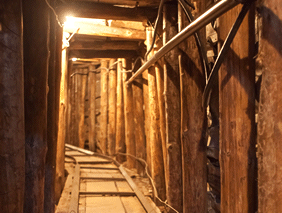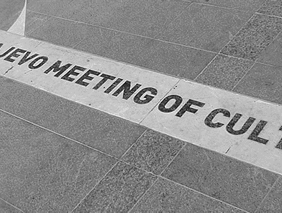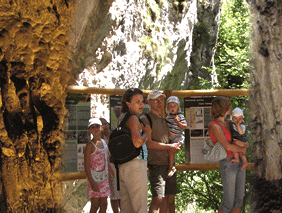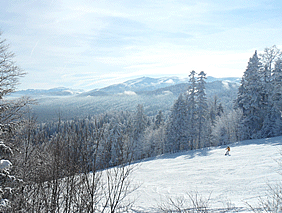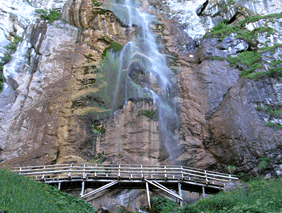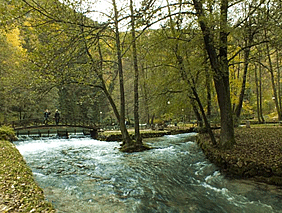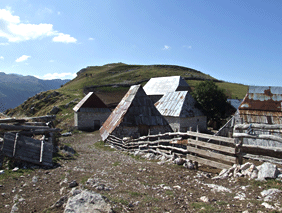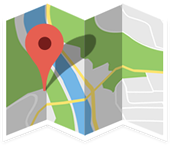Top 10 Attractions › Bascarsija and Sebilj Fountain

Bascarsija and Sebilj Fountain
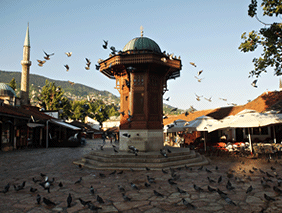
Bascarsija (tur. – the main market) was established in the 15th century by Isa-Bey Ishakovic, the founder of Sarajevo, and Ghazi Husrev-Bey who left an exquisite endowment as a legacy to the city.
Location: Old Town

In addition to these two benefactors, some other regents and wealthy merchants contributed with their donations.
With rise of the Empire, the city progresses as well. Thus, Bascarsija was finished by the end of the 16th century, and the city soon after witnessed its golden age. Along with Istanbul, Thessaloniki, Edirne and Athens, it became one of the 5 largest cities in the Balkans, the city of trading and wealthy and powerful community. The square spread into several trading and craftsmen alleys, it comprised 45 markets and over 80 crafts. Tiny cobbled alleys intertwined and spread towards mosques, inns, bedestans, hamams, schools and tekkes, fountains, caravanserai… The first water supply system was built in the mid 15th century, and significantly extended in the 16th century. By the end of the Ottoman period, there were 156 spouts and several stone fountains built mainly as an endowment. Sebilj Fountain is a symbol of Sarajevo. A legend says: "Whoever drinks water from any of Sarajevo’s fountains and spouts will come to Sarajevo”. The Sebilj Fountain was built in 1753. It is central spot of the Bascarsija Square, which spreads into several trading and craftsmen alleys named after a particular craft hood. Looking from above, the Bascarsija Square is surrounded by residential communities with beautiful authentic houses and tiny gardens, as well as the business and cultural centre. Thus, Bascarsija, stands there as an open antique amphitheater with old alleys, quarters and houses scattered around.
Other related objects
City Hall
The need to construct a new building for the city administration came along with the Austro-Hungarian conquerors. The area of a medieval village (Brodac), where Isa-Bey’s Ishakovic established the city itself in the 15th c...
Museum of Sarajevo Assassinat ...
At the junction of the Apel key and Franjo Josip streets (today Obala Kulina bana and Zelenih beretki streets), Gavrilo Princip, a high school student and a member of Mlada Bosna, a secret organization established by the Black Hand movement...
Monumental Complex ˝Tunnel of ...
The war tunnel was constructed during the 1425-day long siege Sarajevo (1992 to 1995 siege) to connect two free territories. The entrance and exit of the tunnel are two houses situated at the opposite sides of the airport.
European Jerusalem
For over four centuries, Sarajevo has been the city of multiculturalism. In one single street, one can step into a mosque, synagogue, Catholic or Orthodox church.
Bijambare Caves
Bijambare Speleological Area is a protected natural site located northeast of Sarajevo on Sarajevo-Tuzla Highway (approximately 40 km from Sarajevo).
Bjelasnica and Igman
Bjelasnica and Igman mountains are very popular winter resorts located only 25 km from Sarajevo.These two mountains were the host of the 14th Winter Olympic Games in 1984, featuring Alpine and Nordic skiing and ski jumping competitions.
Skakavac Waterfall
Skakavac Waterfall is located 12 km north of Sarajevo, above the Nahorevo Village. It is a 98-m high waterfall, the second tallest in Europe.

|

Za sve informacije pozovite TIC svakim radnim
danom od 9h do 20h (zimska sezona od 9h do 17h) + 387 33 580 999
danom od 9h do 20h (zimska sezona od 9h do 17h) + 387 33 580 999
BOS

O Sarajevu
Saznajte praktične servisne informacije o Sarajevu
Događaji i novosti
Saznajte više o predstojećim i aktuelnim događajima i festivalima u našem gradu
Copyright © 1999-2014 - Tourism Association of Sarajevo Canton - All Rights Reserved design and development by DWS - January 2015








